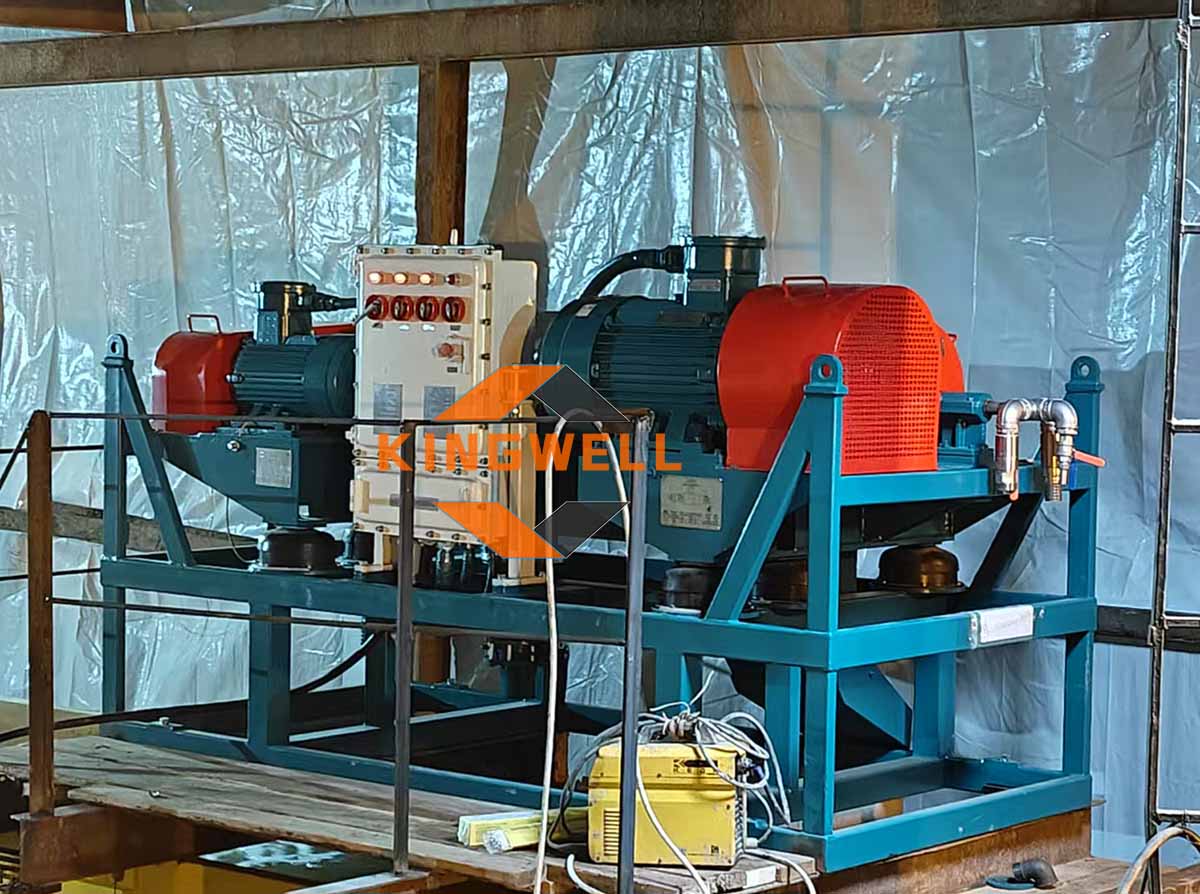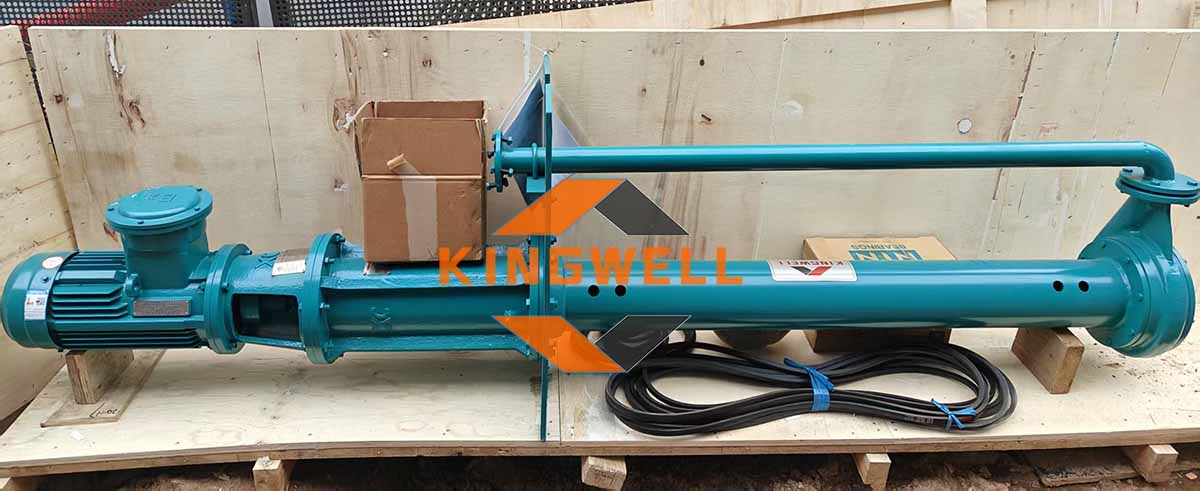Product Categories
Contact Us
-
+86 315 2031752
-
This email address is being protected from spambots. You need JavaScript enabled to view it. -
+86-178 2215 2918 (WeChat/WhatsAPP)
-
Tower 5, Fengzhimeng Leisure and Business Plaza, Tangshan City, China
Decanter Centrifuge KWLW35 Successfully Operates in "Diaphragm Wall" Project for Solid Phase Removal from Bentonite mud
"Separation of contaminated bentonite into water and dry solids"—this was the initial requirement from our client. Upon receiving their specifications, we promptly clarified key questions and prepared multiple solutions for their evaluation. Simultaneously, our Russian colleagues visited the client to deliver a technical presentation on separation methods. Ultimately, a high-speed horizontal decanter centrifuge was selected for processing the bentonite slurry. The entire decision-making process was completed within three weeks, after which we immediately began manufacturing the centrifuge and shipped it to Russia.

This photo shows the decanter centrifuge installed above a processing tank at the worksite. Upon arrival, our specialists conducted on-site assembly and performed slurry testing. A vertical submersible pump was also supplied alongside the centrifuge to feed the slurry into the system.

Key Technical Parameters of the KWLW35 Decanter Centrifuge:
- Max Capacity: 30 m³/h
- Bowl Diameter: 355 mm
- Bowl Length: 1258 mm
- Bowl Speed: 3200 rpm
- G-Force: 2062 ×g
- Cut-Point: 2–5 microns
- Main Motor: 37 kW
- Back-Drive Motor: 11 kW
In the client’s Diaphragm Wall project, a Bauer sand-removal system is used to eliminate solid phases larger than 2 mm. After this primary treatment, the slurry is fed into our centrifuge for fine separation.

About Diaphragm Wall Technology:
This method constructs concrete or reinforced concrete walls within deep, narrow trenches. These walls serve dual purposes:
1. Supporting excavation slopes during construction.
2. Acting as permanent structural elements for underground facilities or building foundations.
The process involves:
- First, creating a retaining structure to enclose the underground construction zone.
- Then excavating the soil within this protected area.
(Note: The original text contained minor grammatical inconsistencies and redundant phrasing, which have been streamlined in this translation while preserving technical accuracy.)